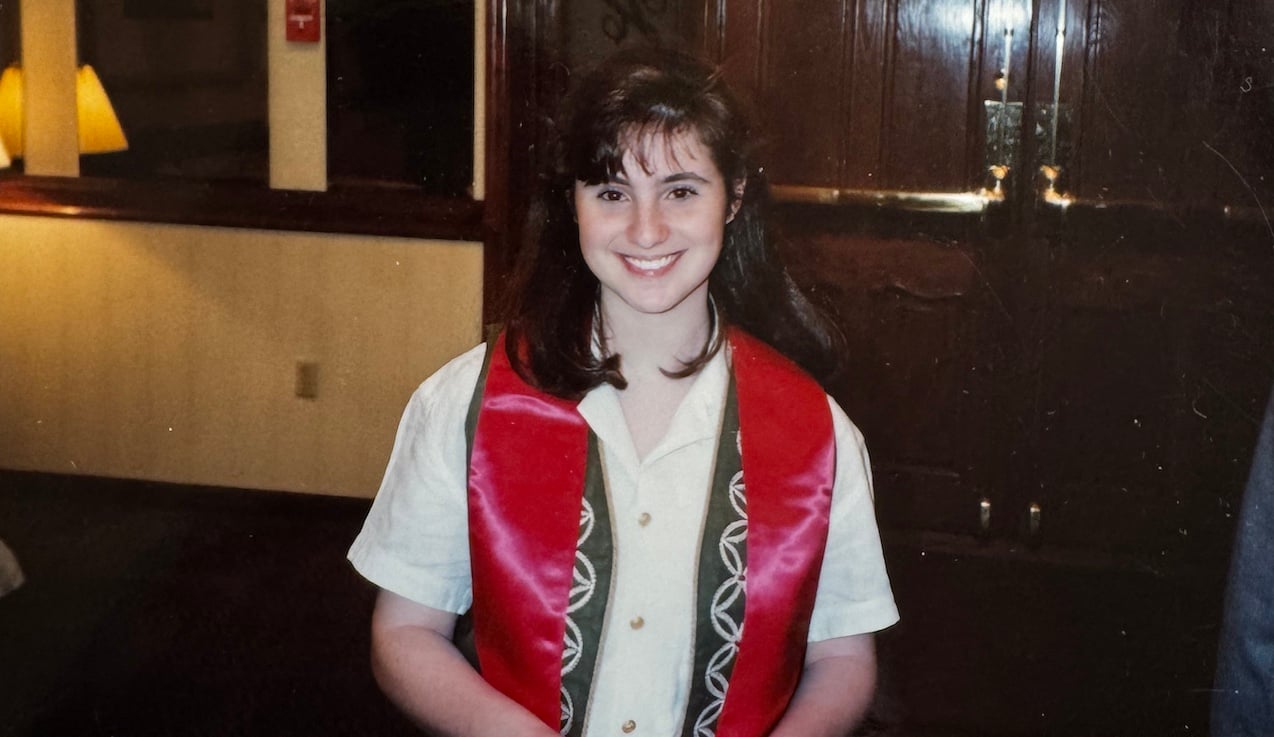When I began my career in college admissions in the late 1990s, it was rare for a student not to attend a bricks and mortar high school.
Granted, there were no online high schools back then. Alternate options were quite limited and carried a stigma among college admissions committees. For instance, it took a lot for a homeschooled student to get admitted to a selective college.
Most students use online high schools as a solution to not being able to take a class at their "home" high school. Scheduling conflicts are common these days. For a student that needs a critical class at a certain point in high school, taking an online class can be an easy way to fill that void.
For example, let's say your Spanish 3 class junior year is being offered at the same time as Precalculus. A student could seek out an online class in Spanish in order to ensure they don't stop or take a break from their language sequence. Other times, a student may find that a critical class is not offered at their home high school. A history-loving student who attends a small high school with limited course offerings might seek out an online AP US History class because of how much they want to take it and how valued this class is to colleges.
RELATED READING: 5 High School Classes Highly Selective Colleges Expect You to Take
- Does your home high school permit this?
- How much does it cost? Some online classes are thousands of dollars each.
- Is the class well-suited to be taught online? For example, taking AP Biology online is not nearly as interactive as taking it in-person.
- Does it fit with your schedule?
READ MORE: 5 Things My Son Told Me After His First College Fair
My students have taken online classes through UC Scout, One Schoolhouse, Laurel Springs, Stanford Online High School, Apex, Language Bird, and others. Do your research beforehand if you are thinking about this as an option. Remember that online classes have a different vibe. Make sure it's the right vibe for you.










